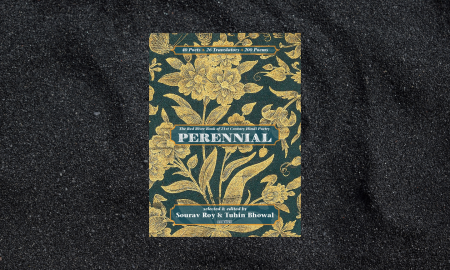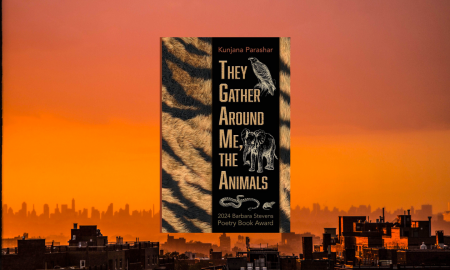Hard to imagine Mary ever had a hand in
creating Bedlam, with what she’d seen.
An asylum in a mad city, Bedlam begins
in a town ditch with eleven chain,
six locks, four manacles, and two stocks,
to guard (or guard against) the menti capti,
whose minds lay tangled in a landscaped
brain. Mary’s blue robe the only sky
for inmates; fabric swag from her cape-hood
to her belt the only evidence of a breeze.
At some point, she was whittled down
to a statue, tucked in a plaster recess, a bubble
floating next to chained legs, a rough shoulder
straining at its socket as the owner turns
away from townsfolk, there as an audience,
there for a snobbish gawk. Spoiled for sport,
they come for a laugh at the lunacy next door,
a lovely diversion for guests and at a cost
of a few shillings tossed into a bandit’s basket,
poor box ever-empty. They see as if a gallery.
A zoo. Patients panting in a pit of exhaustion,
as spectators circle and flick barbed taunts
and jabs. Get physical. A freak show. Future
maps will lead others to a thriving museum
where they’ll gamble contributions for a chance
to see bedlam and attend a theatre-in-a-ward,
where The Honest Whore, Part 1, played daily.
(Here, let’s hope our imagination can zoom
out to include the honest Bellafront, “female
hysteria” ended by sword, epithalamium unsung).
Like so many songs, silenced, she. Unstrung.
Eventually, the building buckles. Crumbles.
Photo by Diana Kumst on Unsplash





